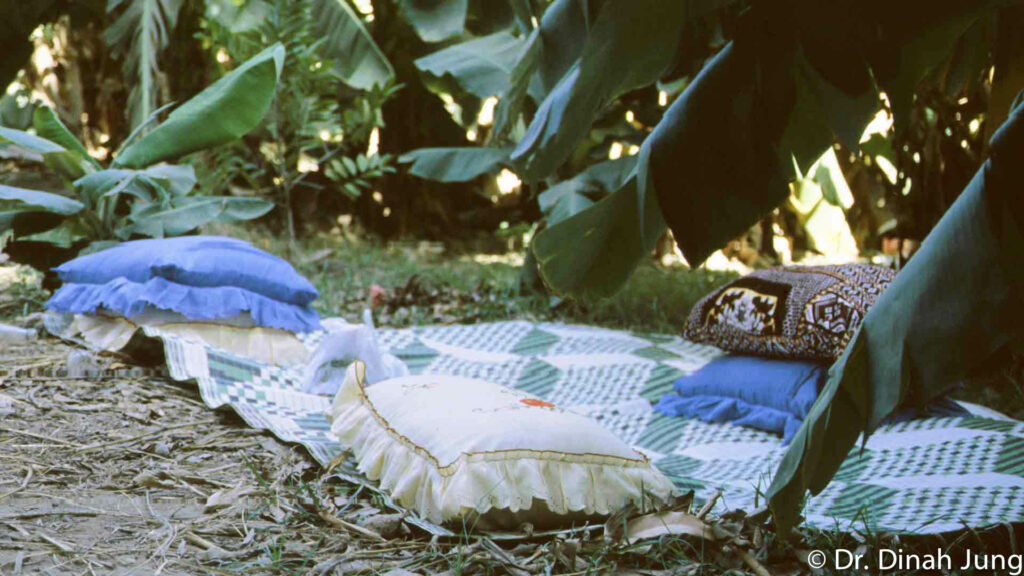research links
Become involved, and join the research of the natural treasury and the cultural arts of fragrances!
The following links may serve as starting points towards identifying scholarly gaps.
I. perfumery traditions of asia
Please, note: It is impossible to cite all publications – though limited in number – in this field. Alternatively, the following publications serve as starting points to sketch the Asian landscape of perfumery traditions.
- First International Scholarly Workshop on the Perfumery Arts of Asia: „Perfumery and Ritual in Asia“. Special Issue. Journal of the Royal Asiatic Society, Vol. 23, Iss. 01, January 2013.
- Article: Perfumery in Asia. Reflections upon the Natural, Cultural and Intangible Heritage. (2015)
- Exhibition catalogue: Das Parfumerbe Asiens / The Perfumery Heritage of Asia (Bonn/Germany, 2015–2016)
II. nature medicine and therapy
Generally
Nature and forest medicine
Asian Medical Systems
Phytotherapy
- European Scientific Cooperative on Phytotherapy
- Herbal and Traditional Medicine Conference Series
- Herbal Medicine Conferences Portal
- American Botanical Council Herbal Library
Aromatherapy
- Consensus Building Institute Factsheet Aromatherapy
- WHO Monographs on Selected Medicinal Plants
- National Association for Holistic Aromatherapy
Ecotherapy
III. natural resources
World Natural Heritage
- Cropwatch
- IUCN Red List of Threatened Species
- Plant List – Royal Botanic Gardens Kew and Missouri Botanical Garden
Trade regulations
IV. green care
Please, note: Green care studies have not thematized perfumery issues yet. The following links may support ideas towards such a goal.
Public discussion
Children’s education
V. political framework and institutions
Health
Environment
Protected areas
Sustainable development
Culture
VI. chemical compounds
Health
- Fragrance Product Information Network (FPIN)
- Odournet – Air quality and odour research consultants
- Research Institute for Fragrance Materials (RIFM)
Trade regulations
- Registration, Evaluation, Authorisation and Restriction of Chemicals (REACH)
- Strategic Approach to International Chemicals Management (SAICM)
VII. global industry
Industrial information
International meetings
- International Federation of Essential Oils and Aroma Trades (IFEAT) Annual Conference
- Sustainable Fragrances Conference
- World Perfumery Congress
Top ten global leaders
- Firmenich, Switzerland
- Frutarom, Israel
- Givaudan, Switzerland
- IFF, USA
- Mane, SA, USA
- Robertet, France
- Sensient Technologies, USA
- Symrise, Germany
- Takasago, Japan
- T. Hasegawa, Japan
VIII. research centers
Sense of smell research institutions and clusters
- Association for Chemoreception Sciences (AChemS)
- DFG Priority Programme/ SPP 1392: Integrative Analysis of Olfaction, Konstanz
- Sense of Smell Institute, New York
- Warwick Olfaction Research Group, School of Engineering
IX. museums, libraries, and platforms (primarily highlighting western perfumery history)
Museums
- Fragrance Museum, Farina House, Cologne
- Musée International de la Parfumerie, Grasse
- Museo del Perfum, Barcelona
- Osmothèque, Versailles
- Parfummuseum, Mehlingen-Baalborn
- Toyoda Museum of Fragrance, Iwata
Libraries
Bibliographies
Various
- OsMoz – Miscellaneous perfumery business information
- World Sensorium – A world social olfactory sculpture
X. western perfumery education
Practical education

